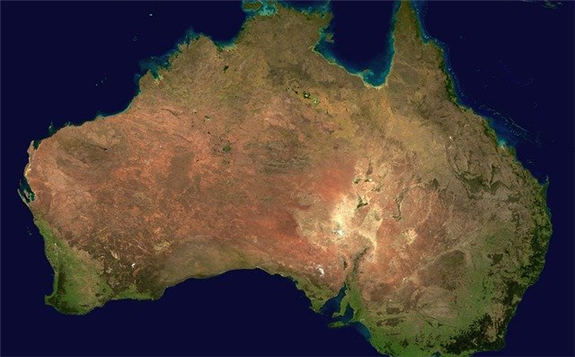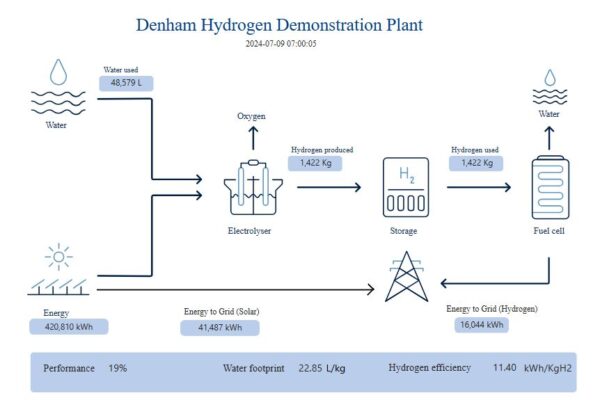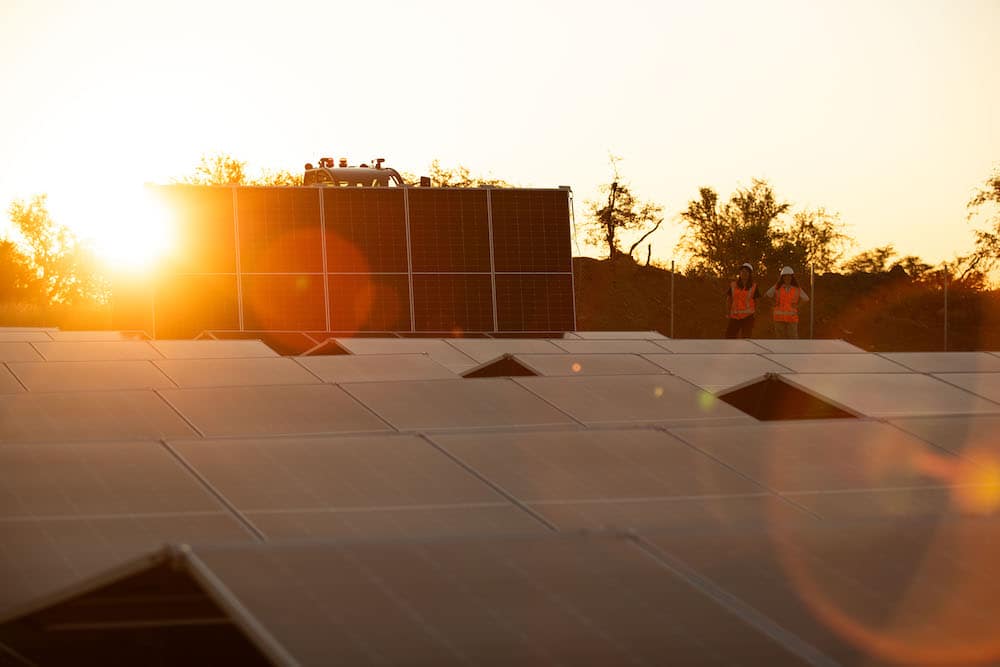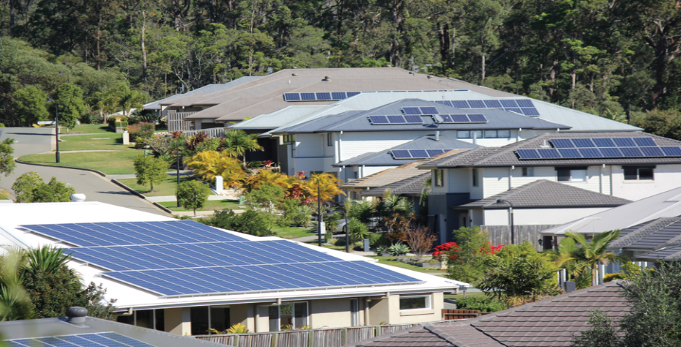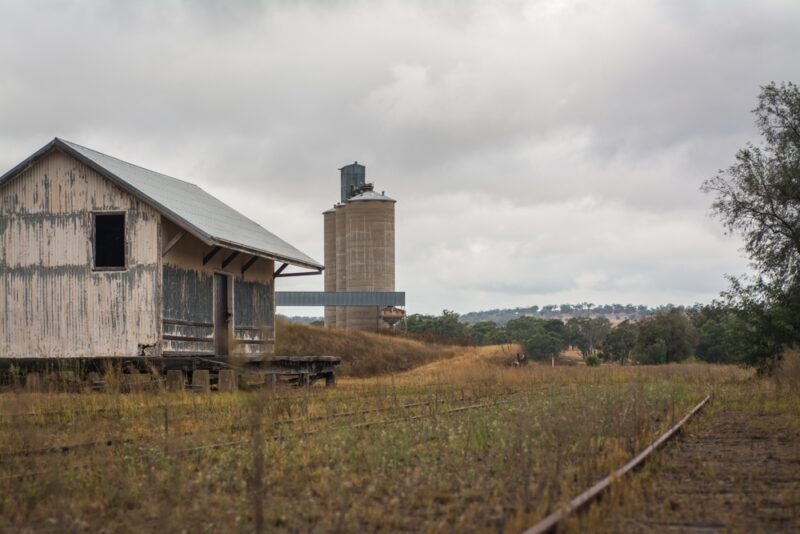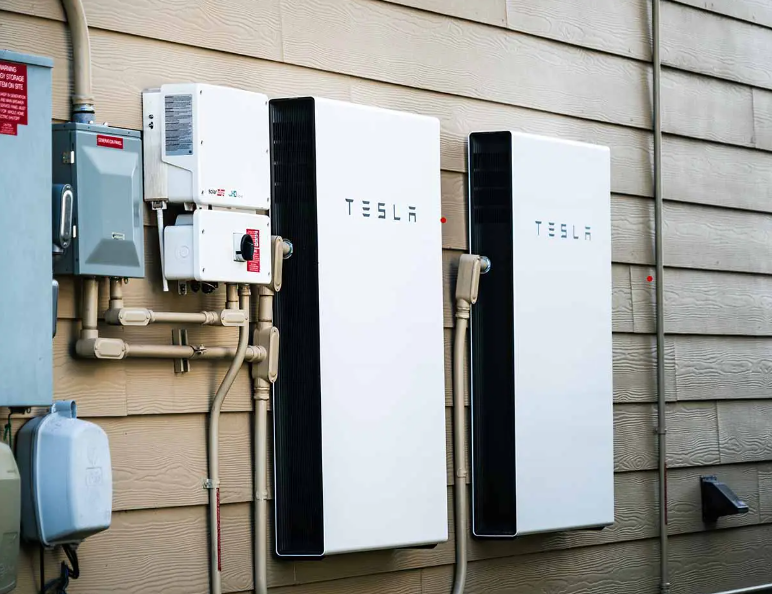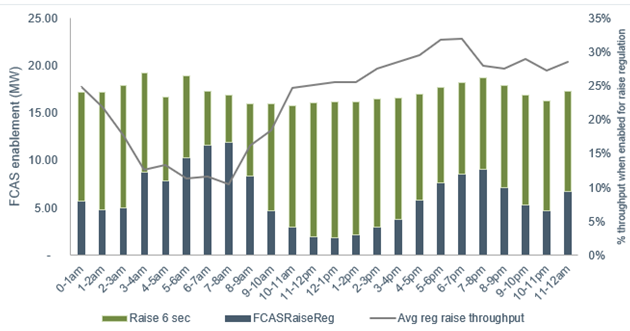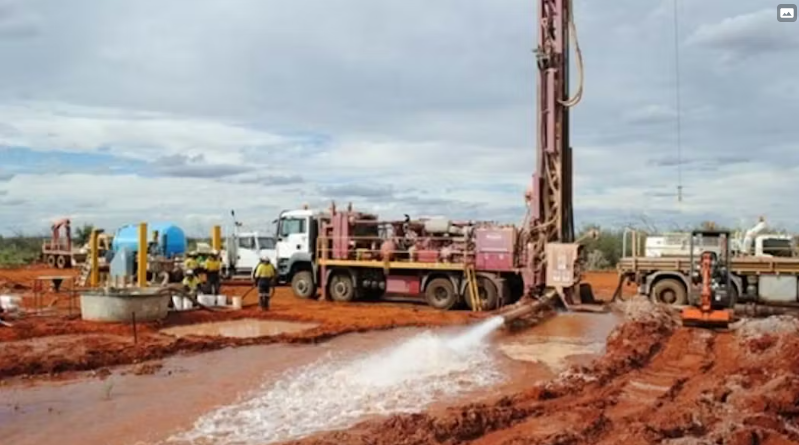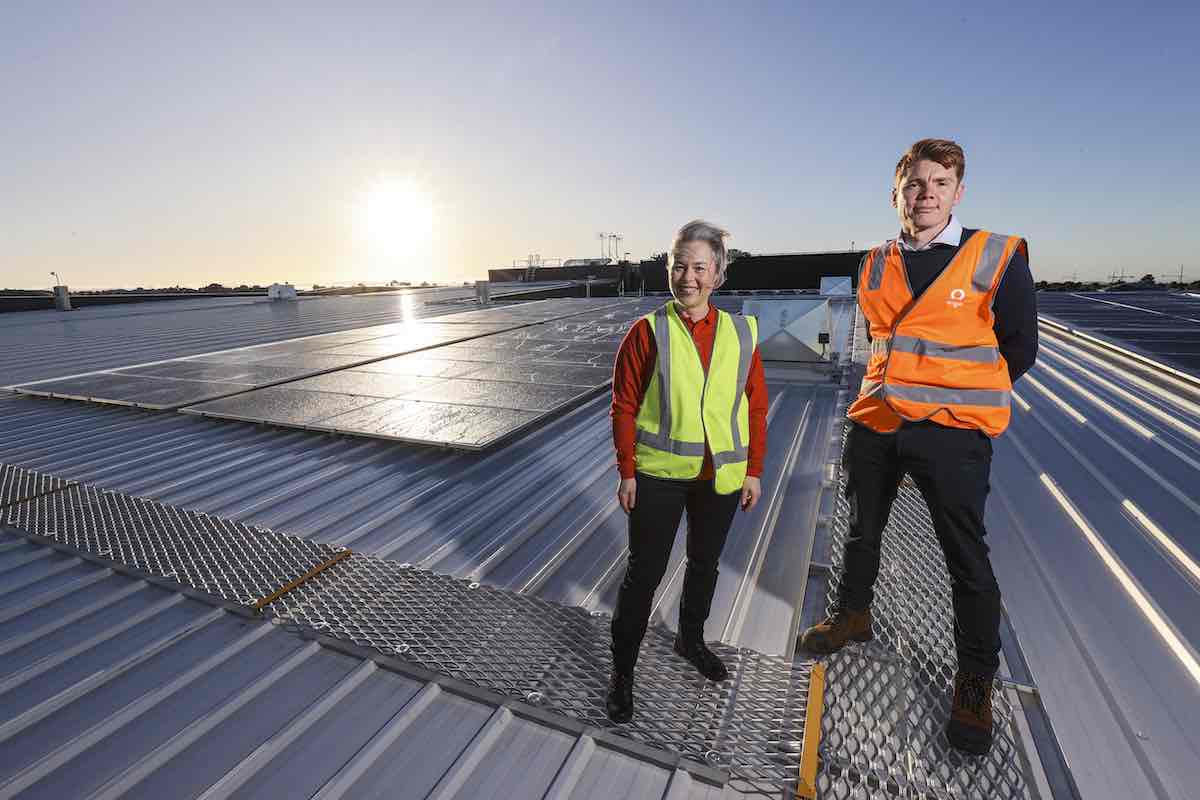Cummins has installed one of its lean-burn gas generators for a microgrid project at an Australian gold mine.
The company’s nine QSV91G gas generators will operate as a part of EDL’s hybrid renewable energy microgrid at Gold Fields’ Agnew gold mine in the western part of Australia. Two QSK60 gensets will provide additional power during peak demand times, plus offer black-start capabilities for the power station in the event of an outage.
The Agnew hybrid renewable microgrid system – Australia’s largest –consists of a new off-grid 23MW power station incorporating gas, photovoltaic solar, diesel power generation and 18MW wind generation, a 13MW battery and an advanced microgrid control system.
During 12 months of operation, the 56MW installed capacity at Agnew is equivalent to powering 11,500 homes and will abate 46,400 tonnes of carbon dioxide – equivalent to taking 12,700 cars off the road.
All the energy produced at the site is used by the power station. The generators will have to operate in temperatures as high as 45 degrees Celsius (113 Fahrenheit).
“The QSV91G lean-burn gas generator at the power station is designed to provide Gold Fields with a solution that will provide continuous and reliable power in high ambient conditions to ensure the project can be a success,” David Eccleston, technical sales support lead at Cummins Power Generation, said in a statement.
“We’re pleased to be working with EDL to deliver this landmark project, which will provide the Agnew Gold Mine with more than 50% renewable energy over the long term, without compromising power quality or reliability.”
EDL is the distributed energy specialist working with Cummins on The Agnew gold mine microgrid. The site has been in operation for about 30 years, producing approximately 220,000 ounces of gold per year.
The QSV91G is a 4-cycle combustion engine which has reduced nitrogen oxide emissions. Its standby power can generate between 1.25 and 2 MW.
Indiana-based Cummins employs more than 60,000 people worldwide and has been producing on-site power gensets since 1919.
